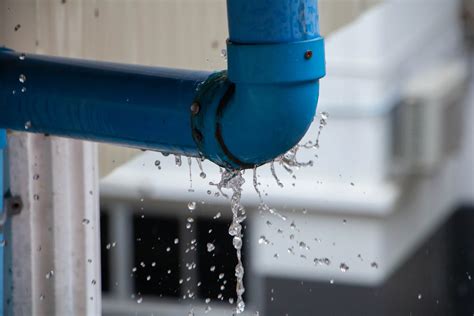Normal Atm Pressure
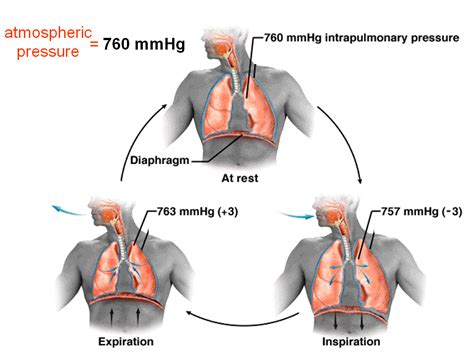
Welcome to an in-depth exploration of a fundamental concept in atmospheric science and meteorology: normal atmospheric pressure. This article will delve into the intricacies of this essential parameter, providing a comprehensive understanding of its significance, measurement, and implications for various fields. By the end of this article, readers will gain a robust knowledge base on normal atmospheric pressure, its role in weather forecasting, aviation, and the overall functioning of our planet's atmosphere.
Understanding Normal Atmospheric Pressure
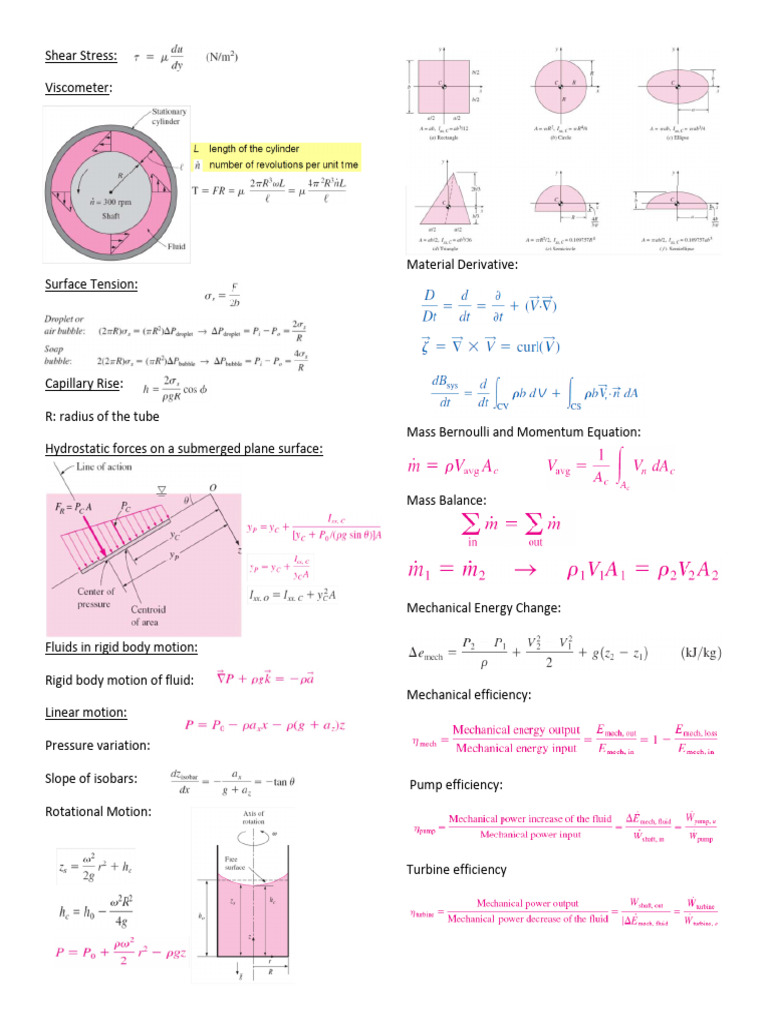
Normal atmospheric pressure, often referred to as standard atmospheric pressure, is a critical concept in the study of Earth’s atmosphere. It serves as a benchmark for various atmospheric measurements and is crucial for a wide range of applications, from weather prediction to aircraft design.
Atmospheric pressure, in essence, is the force exerted by the weight of air molecules in the atmosphere on a given area. This pressure is not constant across the globe but varies with altitude, temperature, and humidity. The concept of normal atmospheric pressure standardizes these variables to establish a reference point for comparisons and measurements.
The Standard Definition
The International Union of Pure and Applied Chemistry (IUPAC) and the International Organization for Standardization (ISO) have defined standard atmospheric pressure as 101.325 kilopascals (kPa) or 760 millimeters (mmHg) of mercury. This definition is widely accepted and serves as the basis for various scientific and industrial calculations.
The standard pressure is chosen to represent average conditions at sea level, where the atmospheric pressure is approximately 101.3 kPa. This value is an average derived from global measurements and serves as a convenient reference point for scientists and engineers.
| Standard Atmospheric Pressure | Units |
|---|---|
| 101.325 kPa | Kilopascals |
| 760 mmHg | Millimeters of Mercury |
| 14.696 psi | Pounds per Square Inch |
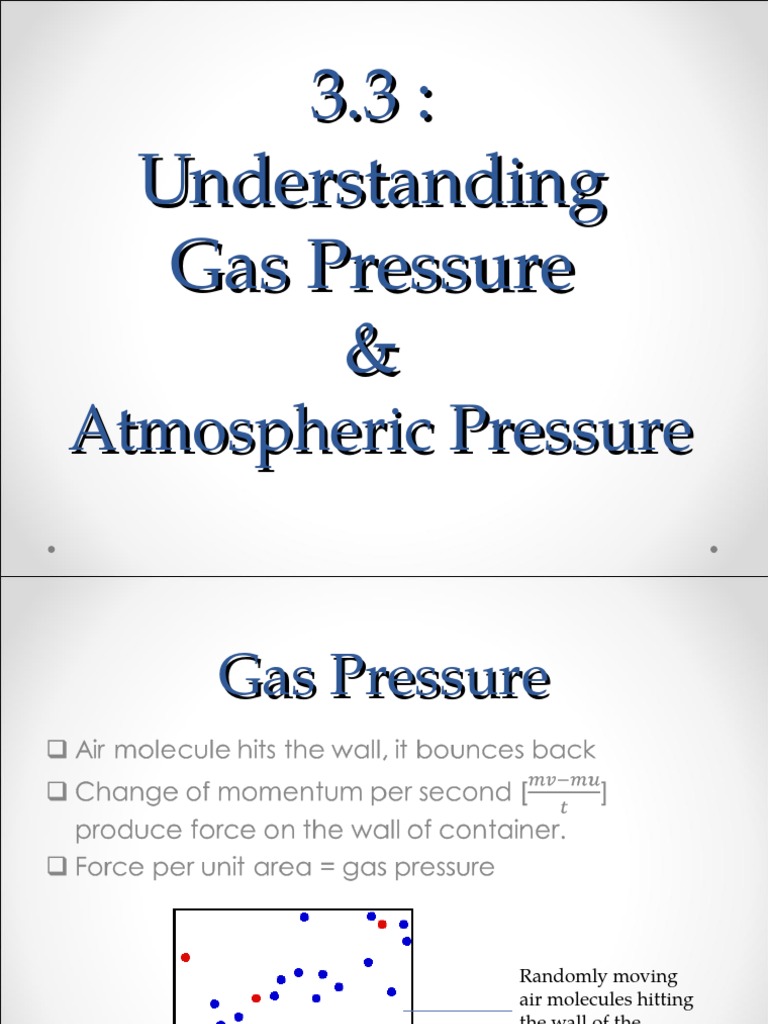
Historical Perspective
The concept of standard atmospheric pressure has a rich historical context. The first measurements of atmospheric pressure were made by Evangelista Torricelli in the 17th century, who invented the mercury barometer. Torricelli’s experiments demonstrated that the weight of the atmosphere could be measured by observing the height of a column of mercury in a sealed tube.
Over the centuries, scientists refined their understanding of atmospheric pressure, developing more accurate instruments and standardizing measurement units. The adoption of the standard pressure by international organizations in the 20th century further solidified its importance in scientific and industrial applications.
Measuring Atmospheric Pressure

Measuring atmospheric pressure is a critical task in meteorology and atmospheric science. Various instruments, known as barometers, are used to measure and monitor changes in atmospheric pressure.
Types of Barometers
There are several types of barometers, each with its own advantages and applications:
- Mercury Barometers: These traditional barometers use a column of mercury in a sealed tube to measure atmospheric pressure. The height of the mercury column is directly proportional to the pressure, providing accurate readings. However, due to the environmental concerns associated with mercury, these barometers are less common today.
- Aneroid Barometers: Aneroid barometers use a flexible metal box, known as an aneroid cell, which expands and contracts with changes in atmospheric pressure. This movement is converted into a pressure reading, making these barometers portable and widely used in weather stations and aircraft.
- Digital Barometers: Modern digital barometers use electronic sensors to measure pressure. These devices offer precise readings and are often integrated into weather stations and personal weather instruments, providing real-time data on atmospheric pressure.
Measuring Techniques
The measurement of atmospheric pressure involves several techniques, each suited to different applications:
- Direct Measurement: Barometers, whether traditional or digital, provide direct measurements of atmospheric pressure. These instruments are used in weather stations and laboratories to obtain accurate pressure readings.
- Remote Sensing: Satellites and weather balloons are equipped with remote sensors that can measure atmospheric pressure from a distance. These measurements are crucial for weather forecasting and the study of atmospheric dynamics over large areas.
- Modeling and Calculations: Atmospheric pressure can also be estimated using mathematical models and calculations based on temperature, altitude, and other atmospheric parameters. These methods are often used in aviation and climate modeling.
Implications and Applications
Normal atmospheric pressure has far-reaching implications and applications across various fields. Its understanding and measurement are vital for a range of scientific, industrial, and everyday activities.
Weather Forecasting
Atmospheric pressure is a key parameter in weather forecasting. Changes in pressure are closely linked to the movement of air masses and the formation of weather systems. Meteorologists use pressure readings to predict the development of storms, fronts, and other weather phenomena. By analyzing pressure gradients and patterns, they can make accurate predictions about upcoming weather conditions.
Aviation
In aviation, atmospheric pressure is a critical factor. Aircraft performance, including takeoff and landing capabilities, is influenced by air density, which is directly related to pressure. Pilots and air traffic controllers rely on pressure readings to make crucial decisions regarding flight plans, altitudes, and fuel efficiency. Accurate pressure measurements are essential for safe and efficient air travel.
Engineering and Industrial Applications
Normal atmospheric pressure is a fundamental consideration in engineering and industrial processes. Many manufacturing processes, such as vacuum operations and gas handling, rely on precise pressure control. Engineers and technicians use pressure sensors and regulators to ensure the safe and efficient operation of equipment, from vacuum pumps to chemical reactors.
Human Health and Physiology
Atmospheric pressure also has implications for human health and physiology. Changes in pressure can affect the body’s internal systems, particularly at high altitudes. Understanding and monitoring pressure is crucial for medical professionals when treating patients with conditions such as altitude sickness or barotrauma. Additionally, pressure changes can impact the performance of medical devices and equipment, requiring careful calibration and monitoring.
Climate and Environmental Studies
The study of atmospheric pressure is integral to climate science and environmental research. Pressure patterns and gradients are used to understand large-scale atmospheric circulation, which influences climate patterns and weather systems. Researchers use pressure data to analyze the dynamics of the atmosphere, track the movement of air masses, and predict long-term climate trends.
Future Implications and Research
As our understanding of Earth’s atmosphere continues to evolve, the study of normal atmospheric pressure remains a critical area of research. Here are some future implications and potential areas of exploration:
Climate Change and Atmospheric Pressure
The relationship between climate change and atmospheric pressure is an area of active research. Changes in atmospheric pressure patterns could have significant impacts on weather systems and climate patterns. Scientists are studying how rising global temperatures may affect pressure gradients and the overall stability of the atmosphere.
Advancements in Pressure Sensors
The development of more accurate and sensitive pressure sensors is a key area of technological advancement. These sensors are crucial for weather monitoring, aviation, and industrial applications. Researchers are working on improving the precision and reliability of pressure sensors, particularly for use in extreme environments such as high altitudes or deep underwater.
Atmospheric Modeling and Predictions
Atmospheric models play a vital role in weather forecasting and climate prediction. These models rely on accurate pressure data to simulate atmospheric dynamics. Future research aims to improve the resolution and accuracy of these models, enabling more precise predictions of weather events and long-term climate trends.
Space Exploration and Extraterrestrial Pressure
The study of normal atmospheric pressure extends beyond Earth’s atmosphere. As space exploration continues to advance, understanding the atmospheric pressure of other celestial bodies becomes crucial. Researchers are studying the pressure conditions on planets and moons, which can impact the potential for life and the design of spacecraft and habitats.
Health and Well-being
The impact of atmospheric pressure on human health is an area of ongoing research. Studies are exploring the effects of pressure changes on physiological processes, particularly at high altitudes. This research has implications for aviation safety, sports performance, and the development of medical treatments for altitude-related illnesses.
Conclusion
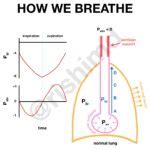
Normal atmospheric pressure is a fundamental concept with wide-ranging implications. From weather forecasting to aviation and industrial processes, its understanding and measurement are essential for a variety of applications. As we continue to explore and study our planet’s atmosphere, the role of normal atmospheric pressure remains a cornerstone of atmospheric science and a key driver of technological advancements.
What is the significance of normal atmospheric pressure in weather forecasting?
+Normal atmospheric pressure is crucial in weather forecasting as it provides a reference point for understanding the movement of air masses and the formation of weather systems. Changes in pressure are closely linked to the development of storms, fronts, and other weather phenomena. Meteorologists use pressure readings to predict and track these systems, making accurate forecasts.
How does atmospheric pressure affect aviation?
+Atmospheric pressure significantly impacts aviation. Aircraft performance is influenced by air density, which is directly related to pressure. Pilots and air traffic controllers rely on pressure readings to make critical decisions regarding flight plans, altitudes, and fuel efficiency. Accurate pressure measurements ensure safe and efficient air travel.
What are some common applications of atmospheric pressure measurements in industry?
+Atmospheric pressure measurements are crucial in various industrial processes. They are used in vacuum operations, gas handling, and the control of equipment such as vacuum pumps and chemical reactors. Precise pressure control is essential for the safe and efficient operation of industrial machinery.
How does atmospheric pressure affect human health and physiology?
+Changes in atmospheric pressure can have physiological effects, particularly at high altitudes. These changes can impact the body’s internal systems, leading to conditions such as altitude sickness or barotrauma. Pressure variations also affect the performance of medical devices and equipment, requiring careful calibration and monitoring.
What are some future research directions in atmospheric pressure studies?
+Future research in atmospheric pressure studies focuses on various aspects, including the relationship between climate change and pressure patterns, advancements in pressure sensor technology, improvements in atmospheric modeling for more accurate predictions, and the study of extraterrestrial pressure conditions for space exploration.


